目 录
摘要1
Abstract2
第1章 绪论3
1.1课题背景3
1.2夹具的发展史3
1.3小结4
第2章 零件的分析5
2.1零件的作用5
2.2零件的工艺分析5
第3章 工艺规则设计7
3.1确定毛坯的制造形式7
3.2毛坯的设计7
3.3选择定位基准7
3.3.1 精基准的选择8
3.3.2 粗基准的选择9
3.4制定工艺路线10
3.4.1 工序的合理组合10
3.4.2 工序的集中与分散10
3.4.3 加工阶段的划分11
3.4.4 工艺路线12
3.5机械加工余量、工序尺寸及毛坯尺寸的确定14
第4章 确定切削用量及工时16
第5章 夹具设计27
5.1设计夹具的目的27
5.2夹具的分类27
5.3专用夹具的组成29
5.4典型的定位元件29
5.5夹具中的夹紧机构31
5.6夹具的发展趋势32
5.7本课题夹具设计33
5.7.1 问题的提出34
5.7.2 定位基准的选择34
5.7.3 切削力及夹紧力计算34
5.7.4 定位误差分析36
5.7.5 定向键与对刀装置设计36
5.7.6 夹具设计及操作简要说明38
结论39
致谢40
参考文献41
摘 要
本次设计内容涉及了机械制造工艺及机床夹具设计、金属切削机床、公差配合与测量等多方面的知识。
阀体加工工艺规程及其钻孔的夹具设计是包括零件加工的工艺设计、工序设计以及专用夹具的设计三部分。在工艺设计中要首先对零件进行分析,了解零件的工艺再设计出毛坯的结构,并选择好零件的加工基准,设计出零件的工艺路线;接着对零件各个工步的工序进行尺寸计算,关键是决定出各个工序的工艺装备及切削用量;然后进行专用夹具的设计,选择设计出夹具的各个组成部件,如定位元件、夹紧元件、引导元件、夹具体与机床的连接部件以及其它部件;计算出夹具定位时产生的定位误差,分析夹具结构的合理性与不足之处,并在以后设计中注意改进。
关键词:工艺、工序、切削用量、夹紧、定位、误差。
Abstract
This design content has involved the machine manufacture craft and the engine bed jig design, the metal-cutting machine tool, the common difference coordination and the survey and so on the various knowledge.
Body process planning and drilling fixture was designed to include part machining process design, process design, and dedicated fixture design of three parts. In process design, analysis of the part must first understand the parts of the process re-engineering the structure of a blank, and select a good part of the processing of the base to design parts process route; followed by the various working steps on the part of the procedures for the size of the calculation, the key is to determine the various stages of work out of process equipment and cutting consumption; then dedicated fixture design, selection of design out of all the component parts fixture, such as the positioning components, clamping components, guiding elements, the specific folder connection with the machine parts and other components; calculate the positioning fixture positioning error generated, analysis fixture structure is reasonable and deficiencies, and attention to improving the design in the future.
Keywords: The craft, the working procedure, the cutting specifications, clamp, the localization, the error
第1章 绪论
1.1课题背景
随着科学技术的发展,各种新材料、新工艺和新技术不断涌现,机械制造工艺正向着高质量、高生产率和低成本方向发展。各种新工艺的出现,已突破传统的依靠机械能、切削力进行切削加工的范畴,可以加工各种难加工材料、复杂的型面和某些具有特殊要求的零件。数控机床的问世,提高了更新频率的小批量零件和形状复杂的零件加工的生产率及加工精度。特别是计算方法和计算机技术的迅速发展,极大地推动了机械加工工艺的进步,使工艺过程的自动化达到了一个新的阶段。
“工欲善其事,必先利其器。”
工具是人类文明进步的标志。自20世纪末期以来,现代制造技术与机械制造工艺自动化都有了长足的发展。但工具(含夹具、刀具、量具与辅具等)在不断的革新中,其功能仍然十分显著。机床夹具对零件加工的质量、生产率和产品成本都有着直接的影响。因此,无论在传统制造还是现代制造系统中,夹具都是重要的工艺装备。
阀体的加工工艺规程及其铣右端面的夹具设计是在学完了机械制图、机械制造技术基础、机械设计、机械工程材料等进行课程设计之后的下一个教学环节。正确地解决一个零件在加工中的定位,夹紧以及工艺路线安排,工艺尺寸确定等问题,并设计出专用夹具,保证零件的加工质量。
本次设计也要培养自己的自学与创新能力。因此本次设计综合性和实践性强、涉及知识面广。所以在设计中既要注意基本概念、基本理论,又要注意生产实践的需要,只有将各种理论与生产实践相结合,才能很好的完成本次设计。
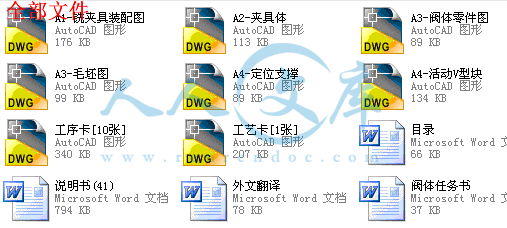
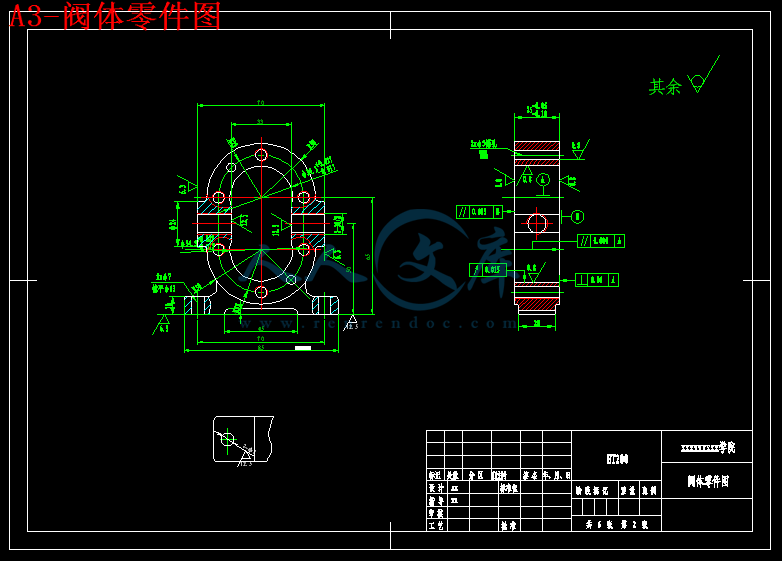
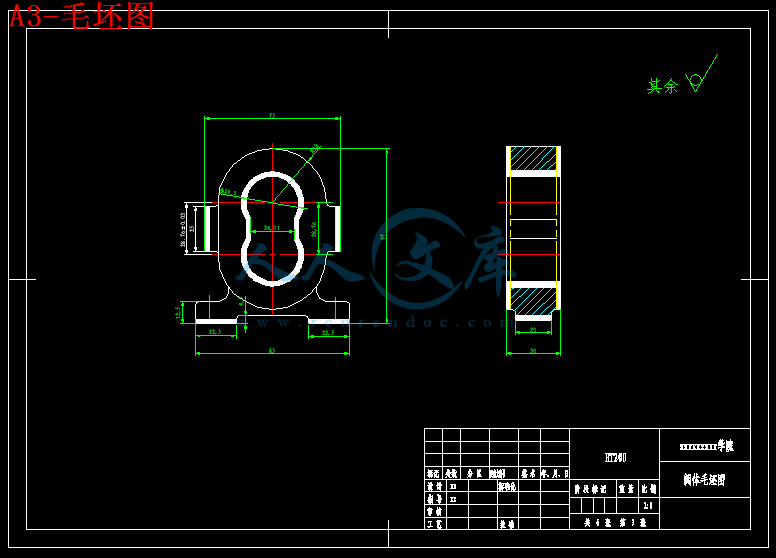
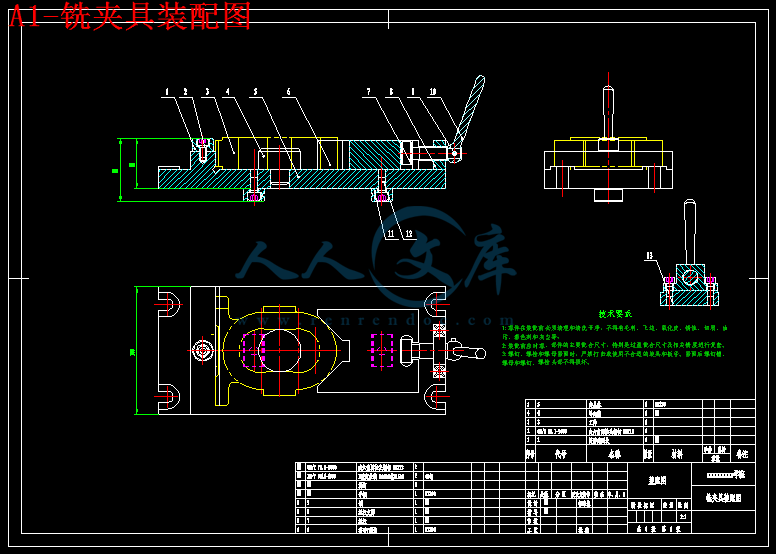
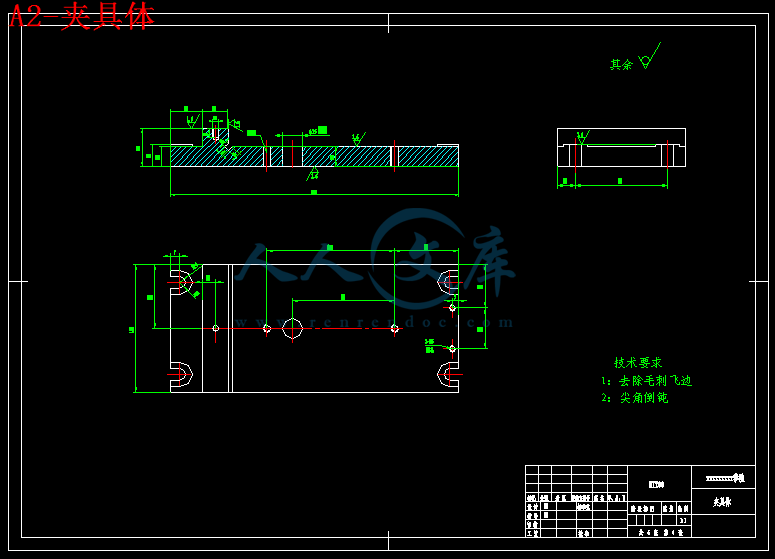

 川公网安备: 51019002004831号
川公网安备: 51019002004831号